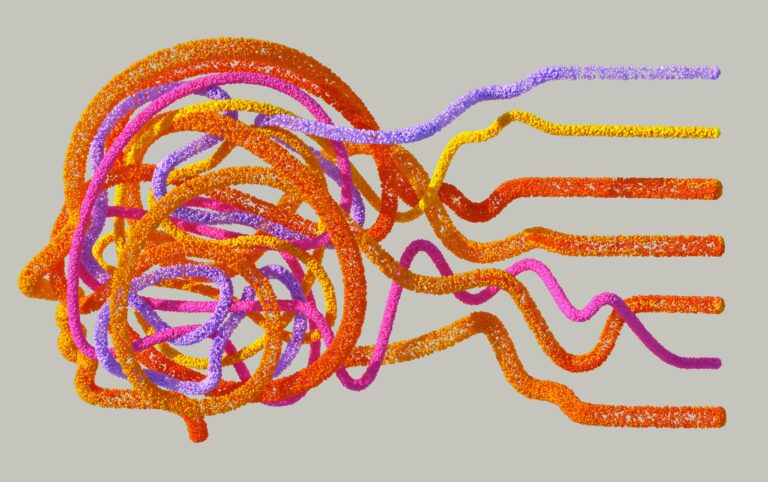DALL-E 3 and Diffusion Models: Redefining Creativity in Art, Media, and Design
The world of creativity is undergoing a seismic shift, thanks to the rise of diffusion models in artificial intelligence. From generating photorealistic images to crafting immersive media experiences, these models are redefining how artists, designers, and media creators bring their visions to life. For business leaders, diffusion models are not just a technological marvel; they represent a transformative opportunity to innovate and scale in industries driven by creativity.
Diffusion Models: The Backbone of Tools Like DALL-E 3
At their core, diffusion models are a type of machine learning algorithm designed to generate high-quality outputs by iteratively refining noisy data. Think of them as digital sculptors, chiseling away noise to reveal a masterpiece. Unlike traditional generative models, such as GANs (Generative Adversarial Networks), diffusion models excel in producing consistent and detailed results, making them particularly valuable in creative domains.
For example, OpenAI’s DALL-E 3 and Stability AI’s Stable Diffusion heavily rely on diffusion models to deliver unparalleled quality in AI-generated images. These tools showcase how diffusion algorithms have become the backbone of creative AI platforms, empowering users to produce photorealistic visuals and dynamic content from simple prompts. These advancements highlight the power of diffusion models to transform the creative landscape, setting new benchmarks for quality and accessibility.
Real-World Applications: Creativity Unleashed
1. Revolutionizing Art and Design
Artists and designers are leveraging diffusion models to:
- Generate Unique Artwork: From abstract art to hyper-realistic portraits, diffusion models offer endless possibilities for creative expression.
- Enhance Efficiency: Designers can rapidly prototype concepts, saving time and resources in iterative workflows.
2. Transforming Media Production
Media companies are tapping into diffusion models to:
- Create Visual Effects: Imagine crafting blockbuster-level CGI scenes at a fraction of the cost.
- Streamline Content Creation: Generate marketing visuals, social media posts, or even complete storyboards with unparalleled speed and precision.
3. Empowering E-Commerce
In the retail sector, diffusion models are used to:
- Visualize Custom Products: Allowing customers to see personalized items, from furniture to fashion, before making a purchase.
- Optimize Advertising Campaigns: Crafting visually compelling ads tailored to specific demographics.
Why CEOs and CTOs Should Care
For decision-makers, the strategic potential of diffusion models goes beyond creativity. Here’s why they matter:
- Cost Savings: Automating creative processes reduces reliance on expensive resources like professional studios or lengthy design iterations.
- Market Differentiation: Companies that embrace AI-driven creativity can outpace competitors by delivering innovative, personalized experiences.
- Scalability: Diffusion models enable businesses to produce high-quality content at scale, meeting growing consumer demands for rich visual media.
Statistically, the AI-driven creative tools market is projected to grow at a CAGR of 38%, reflecting the increasing reliance on these technologies across industries.
Diffusion models represent a groundbreaking partnership where human creativity meets AI precision, setting the stage for limitless innovation.
Challenges and Ethical Considerations
While diffusion models offer immense promise, they come with challenges:
- Intellectual Property Issues: As AI-generated content becomes indistinguishable from human creations, who owns the rights?
- Bias in Outputs: AI models trained on biased datasets can perpetuate stereotypes or exclude underrepresented groups.
- Environmental Impact: Training and running these models require significant computational resources, raising sustainability concerns.
Addressing these challenges requires robust AI governance frameworks and a commitment to ethical innovation.
Future Trends: Where Are Diffusion Models Headed?
- Interactive Storytelling: Imagine AI-generated narratives where readers can influence plotlines in real time.
- Virtual Reality Integration: Diffusion models will enhance VR environments, creating hyper-realistic worlds for gaming, training, and education.
- Collaborative Creativity: AI tools will increasingly act as co-creators, assisting human designers while preserving their unique artistic touch.
The future of creativity isn’t just AI-generated—it’s AI-augmented, where technology amplifies human ingenuity.
Closing Thoughts
Diffusion models are more than a technological breakthrough; they are a catalyst for a new era of creativity. From art and media to commerce and beyond, their potential to transform industries is boundless. For CEOs, CTOs, and business strategists, the opportunity lies in understanding and leveraging these tools to redefine their creative processes.
As diffusion models continue to evolve, the question isn’t whether they will shape the future of creativity, but how leaders will harness their power to drive innovation and growth. The time to explore this transformative technology is now.


